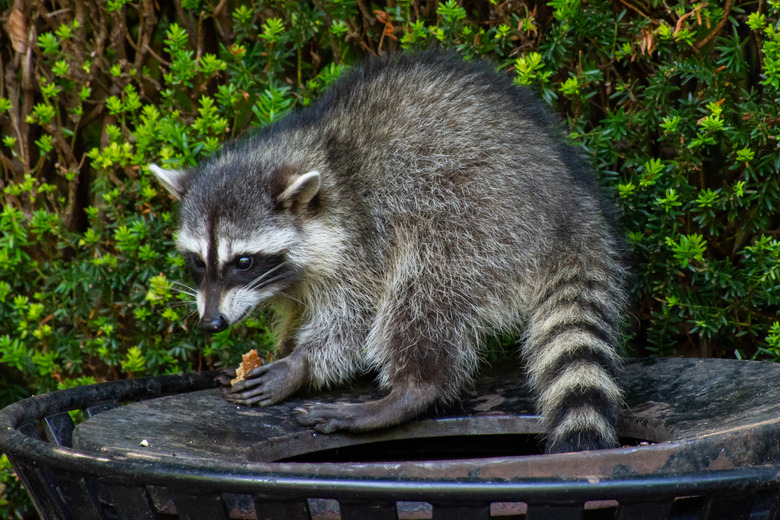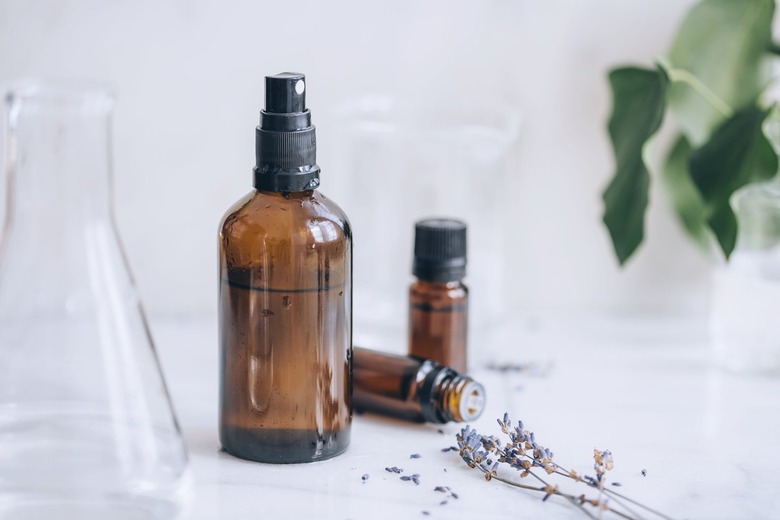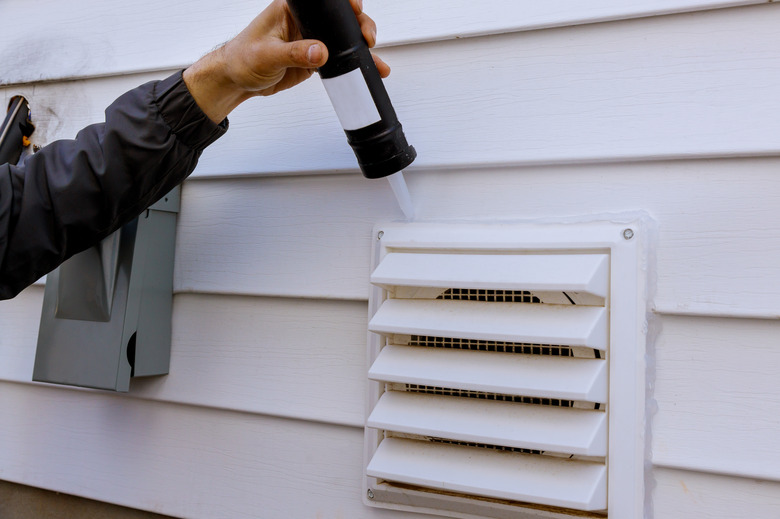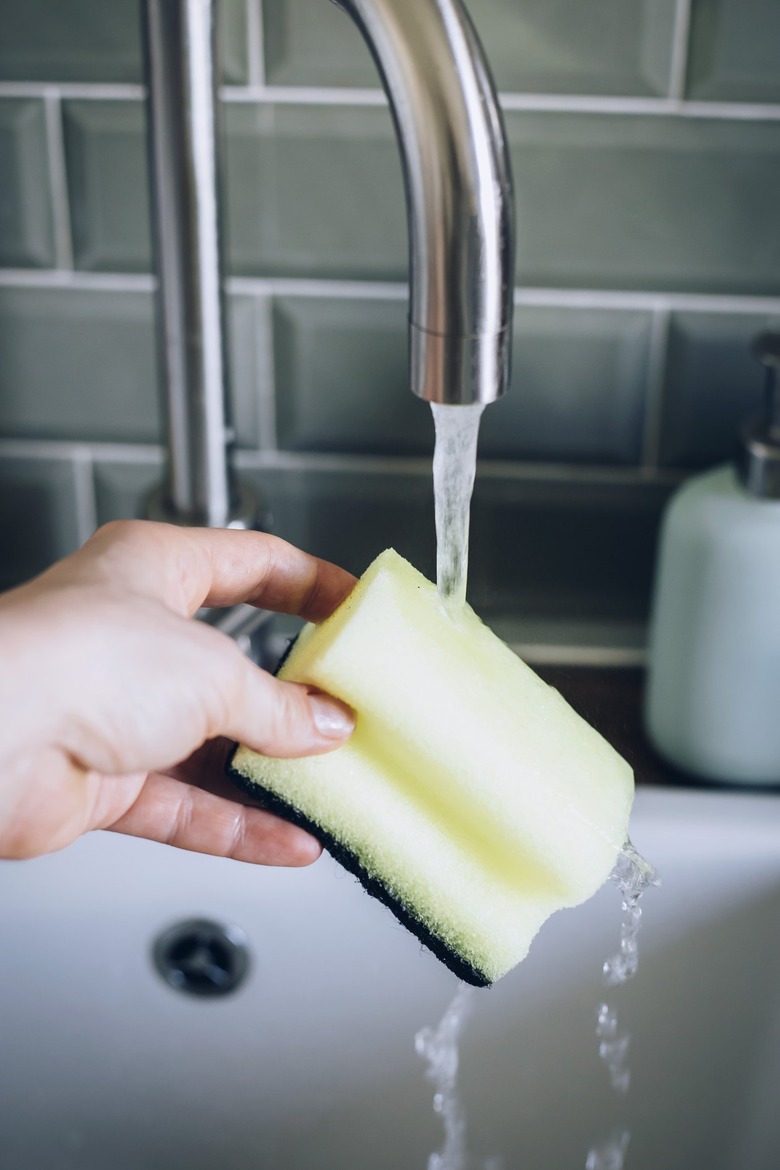What Is Humane Pest Control? What You Need To Know About This Non-Trap, No-Kill Approach
We may receive a commission on purchases made from links.
If the thought of rodents taking up residence in your home gives you chills, but you also can't stand the thought of your uninvited house guests suffering, you might be interested in a humane pest control approach. This method of pest control is an alternative to the traps that slowly kill pests and nuisance wildlife and the toxic pesticides and poisons that make animals suffer. Whether you have an animal in your crawl space or rodents running in your walls, humane pest control benefits both humans and animals.
Tip
Humane pest control is a professional service or DIY method that removes unwanted animals or insects from your home without killing them. It uses humane methods like capture and release in place of traps or pesticides that kill.
What Is Humane Pest Control?
What Is Humane Pest Control?
Humane pest control aims to remove pests or keep pests out of your home without killing or hurting them. If you don't have an active pest infestation, you can use humane methods to prevent them from entering your home in the first place. If you do already have pests in your home, humane removal services can capture them — while also minimizing stress and harm.
Professional humane pest and wildlife control services focus on looking at the pest problem as a whole to resolve the immediate infestation and prevent future problems. The company thoroughly evaluates the situation to figure out where and how the pests got inside and how to stop the animals from entering your home again.
Benefits of Humane Pest Control
Benefits of Humane Pest Control
Humane methods of pest and wildlife control eliminate pain and suffering for the animals, plain and simple. While rodent traps are designed to kill the mouse or rat instantly, some just injure the rodent and leave it to be miserable. Pesticides and poisons can take several minutes, hours, or even days to work, but humane methods entirely eliminate this distress. They also cut down on the chance of babies being orphaned when mama raccoons, skunks, and other wild animals are killed.
The critter in question isn't the only beneficiary of humane wildlife and pest control. Traditional pesticides and poisons can also be toxic to your family, your pets, and the environment. By avoiding exterminators who rely on toxic chemicals, you can keep your family and the environment healthier and safer.
Finding Humane Pest Control Companies
Finding Humane Pest Control Companies
While repairs to close entry points and the use of some repellents are things that homeowners can do, removing live animals from your home humanely is best left to a pest control company. If you try to relocate the animal yourself, it could bite or attack you. A pest or wildlife removal specialist knows how and where to relocate the unwanted visitors to prevent them from coming back.
When searching for a humane pest control company, it's best to do your research beforehand: Any pest control company can say it uses humane solutions for pest management, but there's no guarantee they actually do. Ask specific questions about removal and control methods the company uses whether you're dealing with cockroaches, fleas, groundhogs, or opossums. Some companies only use no-kill methods for certain animals. To find a reputable company, ask for referrals from a local wildlife rehabilitation facility, humane society, or other organizations that are concerned with humane animal treatment.
How a Professional Humane Pest Control Company Gets Rid of Pests
How a Professional Humane Pest Control Company Gets Rid of Pests
When you hire a company to remove pests humanely, here's what you can expect from the service:
Live Capture and Release
While traditional traps kill animals, live traps safely capture the animal so that the animal removal specialist can relocate it far from your home. You can use your own live traps for things like raccoon and squirrel removal, but a professional knows how to handle the animals properly, so hiring someone is the safest option. Wild animals often get agitated and might try to fight back when they get stuck in live traps.
One-Way Doors for Wildlife
Another option professionals use for a wildlife problem is a one-way door over the entry point used by the animal invaders. It's a temporary contraption that lets the animal get out of your home, but the critter can't come back inside. The door slams shut and won't open to allow the animal back into your home. Once all of the unwanted guests are gone, the door can be removed, and all entry points can be sealed to keep animals from getting back inside your home. This option can be used for lots of larger animals, including squirrels, raccoons, and bats.
Note There May be Exceptions to No-Kill Removal
Although you may be interested in saving every animal that happens to cross your path, you should note that some states require that certain animals that are caught and removed from a home or property be euthanized. Animals that are rabies vectors, including raccoons, are the most common animals that states might require to be euthanized. Even if your wildlife removal specialist captures the animal live in your home, they might be required to take it off-site and euthanize it. Ask the company what will happen to the animal after it's caught so you understand the process.
A DIY Humane Pest Control Approach
A DIY Humane Pest Control Approach
If you don't like the idea of a professional company trapping the animals, you can use particular scents and products to encourage the animals to leave on their own. In fact, many items you have around your home can potentially help repel pests when you apply them in or around your home. Just be sure that if a few pests turns into a full-on infestation, it's always best to call a professional.
Here are a few ideas for a DIY approach to humane pest control:
- Place cotton wool balls soaked in peppermint or eucalyptus oil in areas where you notice rodent activity can help repel them.
- Use household items that might repel ants, including peppermint essential oil, lemon juice, and coffee grounds.
- Plant certain herbs and plants around your home can repel rats and other pests.
You can also find commercial pest repellent devices or liquid and granule repellents that might help. The effectiveness of these products isn't guaranteed, so it's important to pair them with other methods, especially blocking entry points.
Humane Methods of Preventing Pests in Your Home
Humane Methods of Preventing Pests in Your Home
Often, the best course of action for dealing with pests is to never have to deal with them at all. But instead of relying on pesticides and sprays to repel pests like rats, squirrels, or cockroaches, you can try for a much gentler approach. Here's what that will look like:
References
Seal Entry Points
Pestproofing your home stops the express route that pests and wildlife took to get inside. One important method is sealing the entry points on the outside of your home. Products such as expanding foam to fill small gaps and caulk to seal gaps around windows can help. Covering air vents with stainless steel grilles can block rodents and other small wildlife from entering your home. A rodent control specialist can help you spot any potential entry points and can give you ideas for keeping out the unwanted visitors.
Clean Up Your Home
When you clean up your home both indoors and outdoors, you discourage pests from coming near and entering, which is one of the easiest DIY pest control methods. As far as where to start — your kitchen is often a major area that needs to be cleaned so that it doesn't attract rodents and insects. Clean up all crumbs and leftover food immediately and store food securely.
Outdoors, keeping your lawn mowed and weeds trimmed can help. Lots of clutter and tall growth gives rodents and wildlife a spot to hide near your home. Keeping your trash and compost piles covered can also help prevent wildlife from being attracted to your property.
Remove Food Sources
Along with cleaning up, removing food and water sources for the pests can help keep them away. (And, in fact, you might not realize how great of a host you are to those unwanted animals.) If you leave food — both people food and pet food — easily accessible in places like the garage or in a shed the pests have a free nightly buffet that keeps them happy and ready to stay indefinitely.
Seal food packages well. Keep in mind that rodents and other animals can easily chew through plastic bags and cardboard boxes to get what they want. If you have a pest problem, consider putting food inside plastic containers to keep the animals away. This includes your pet food, which is safest inside a plastic storage container. Only put out enough food for each meal to avoid having a constant source of food available.



